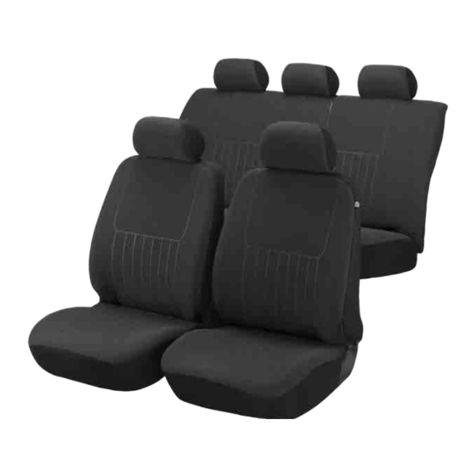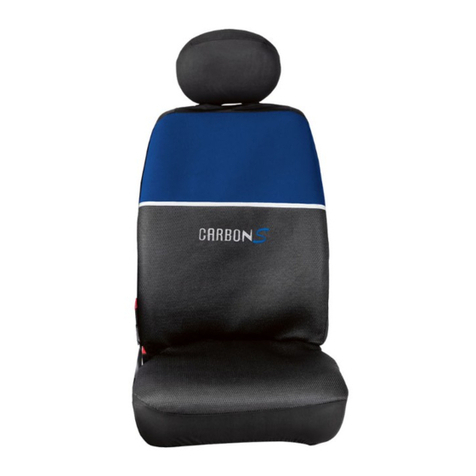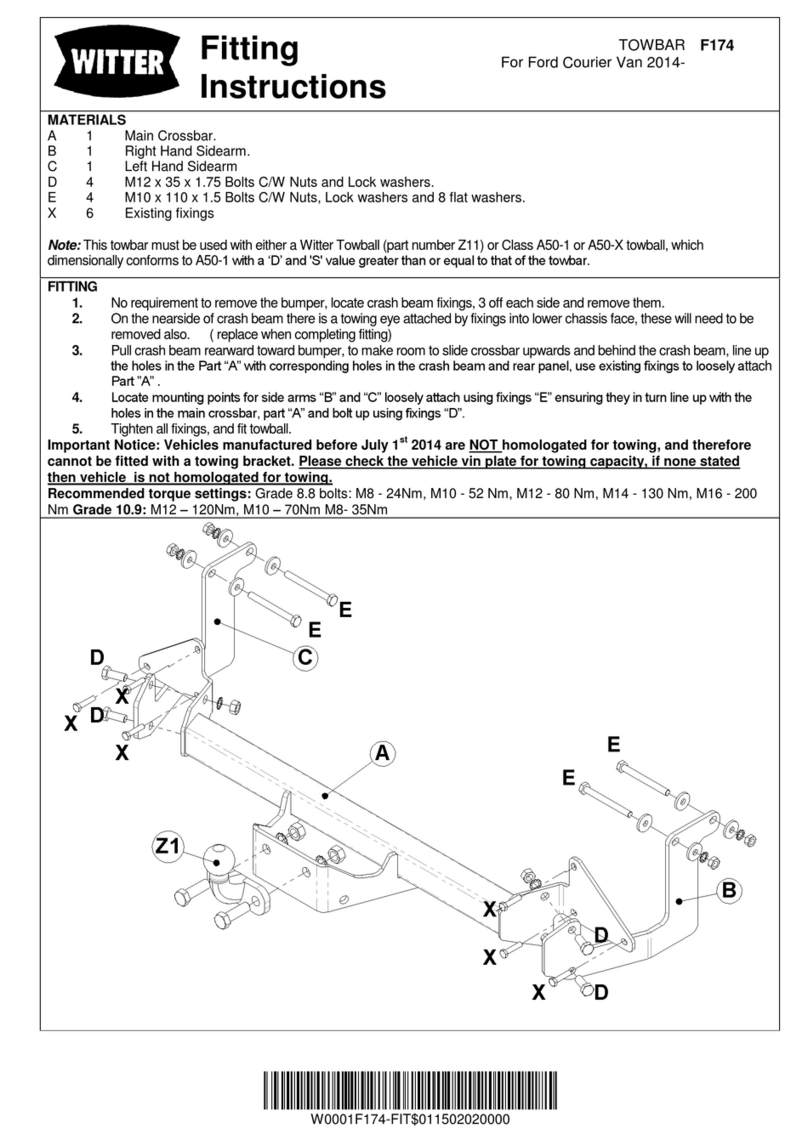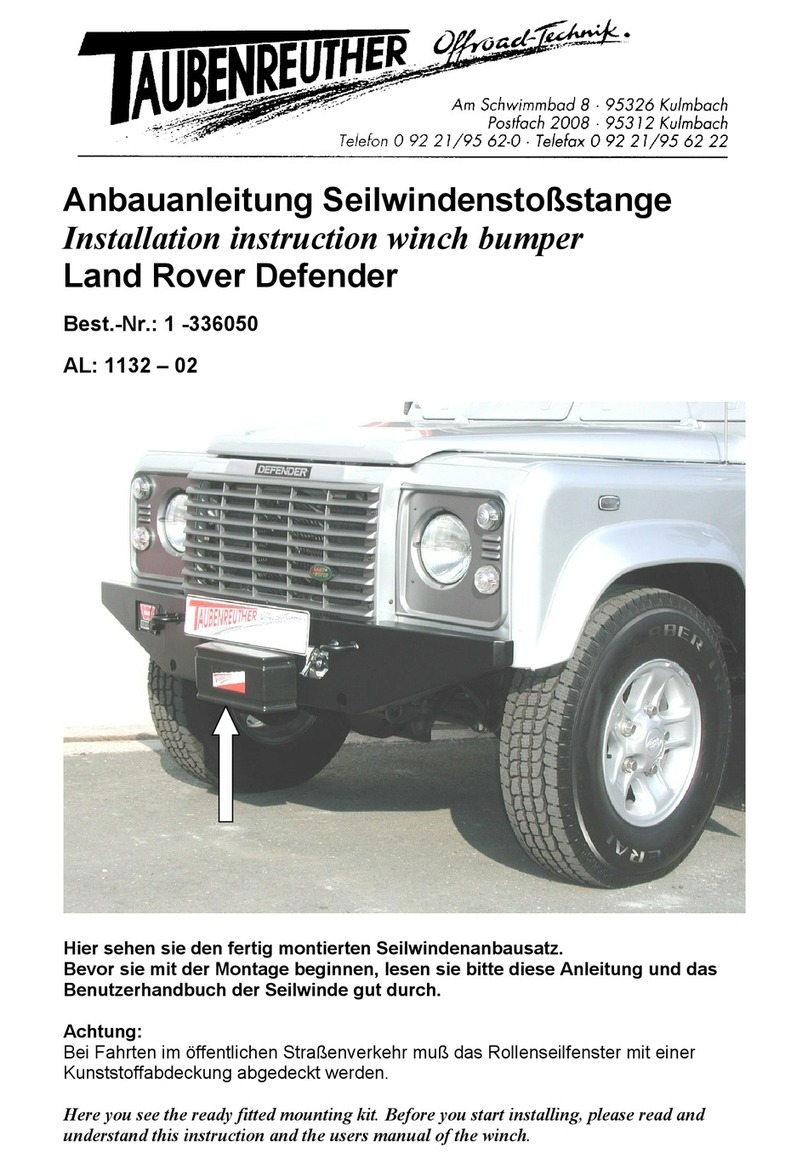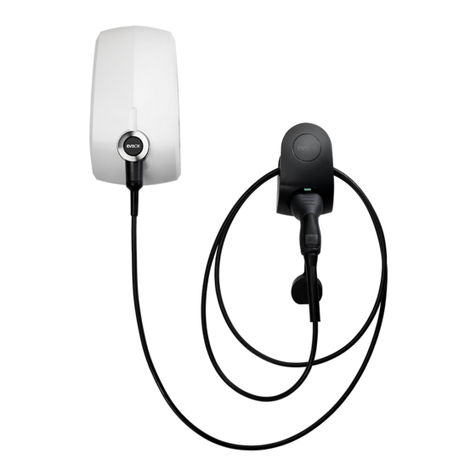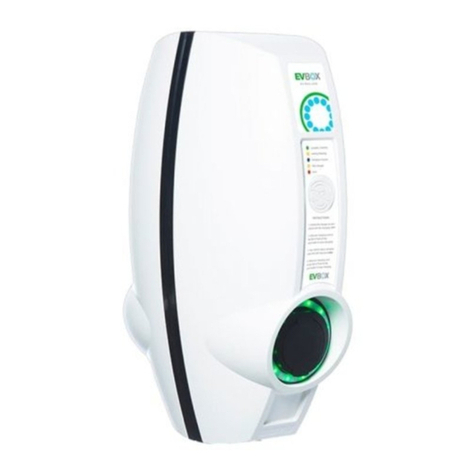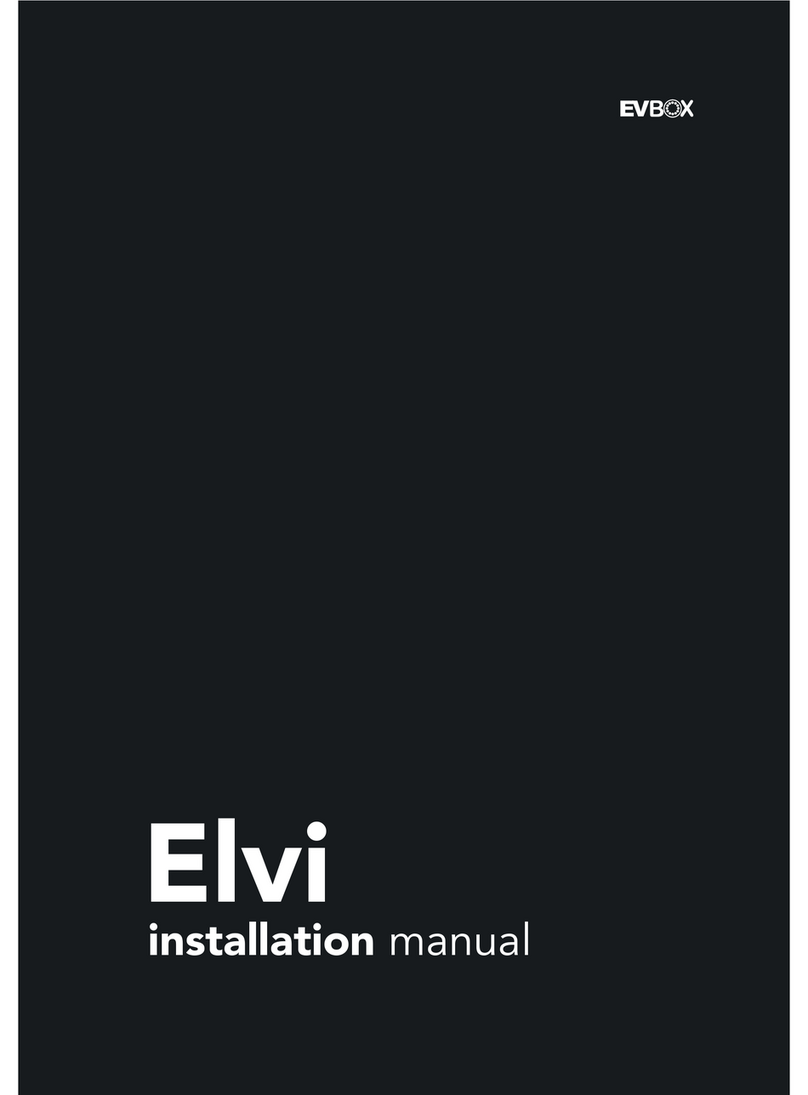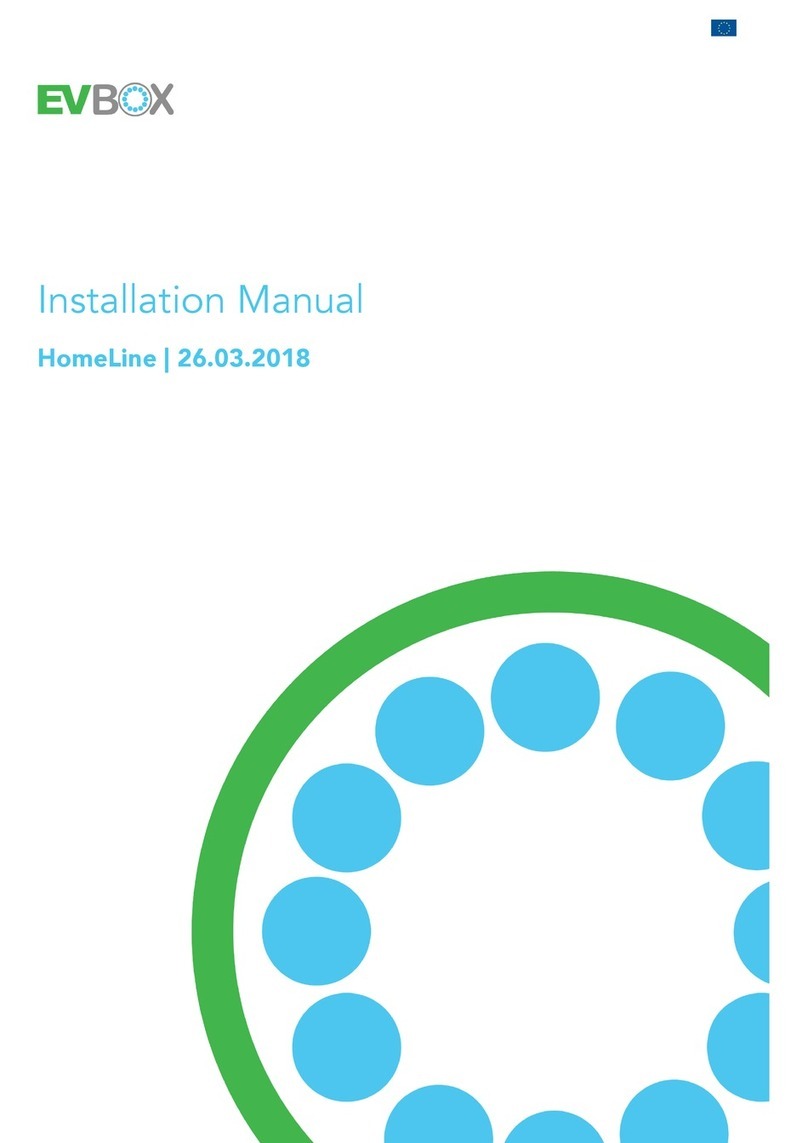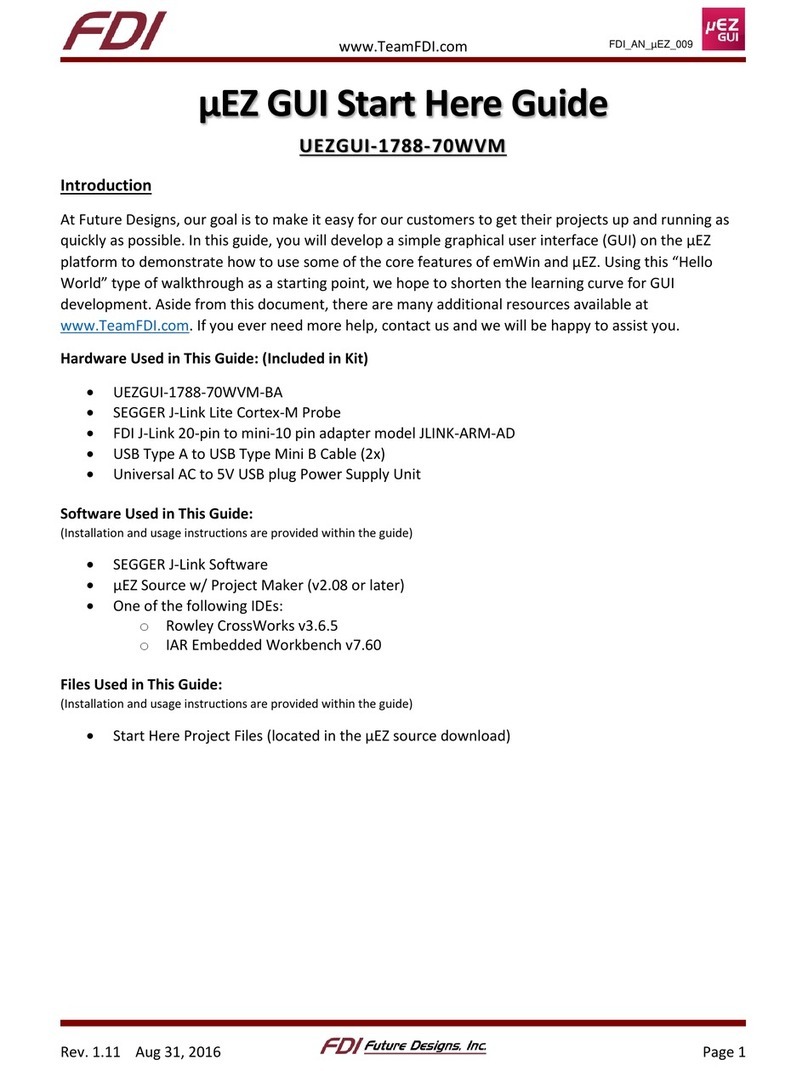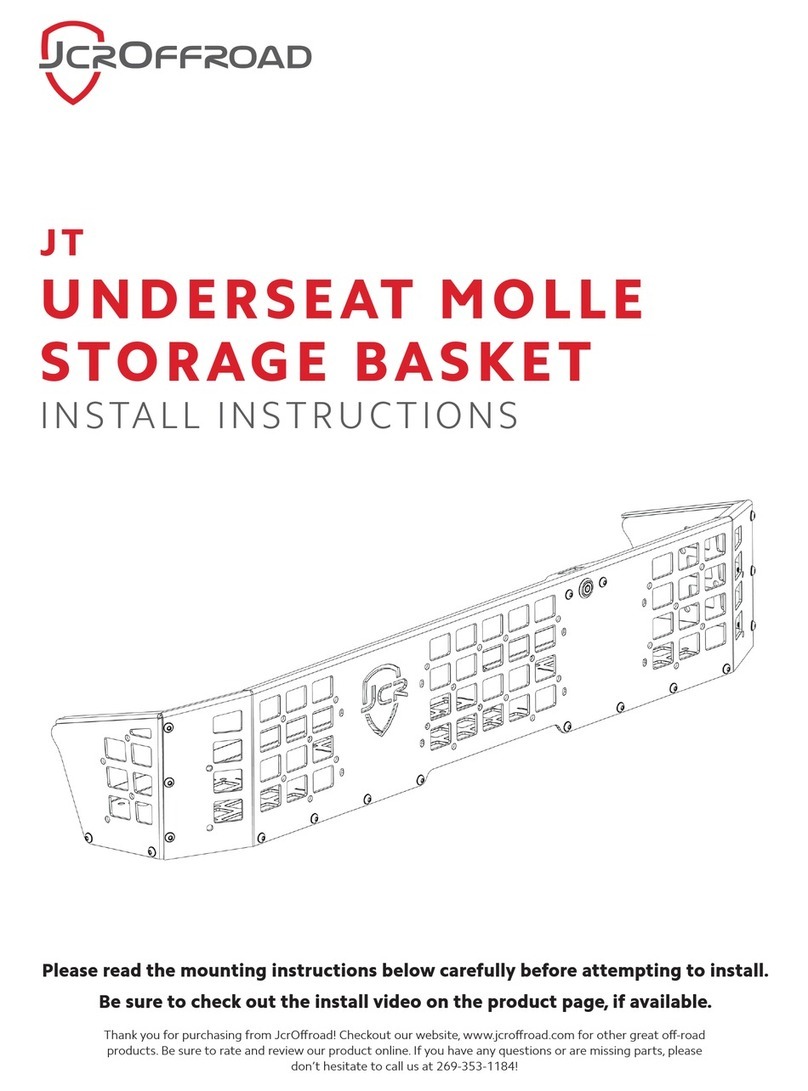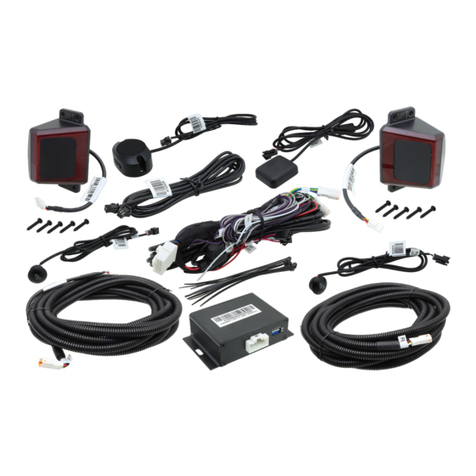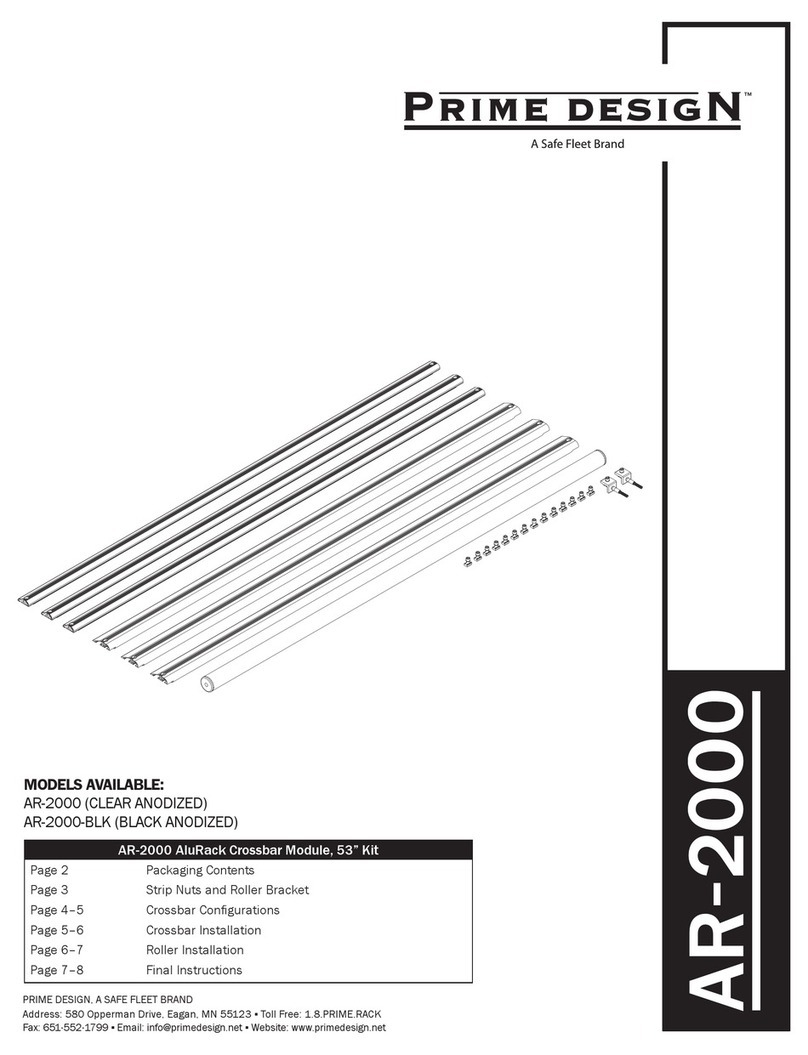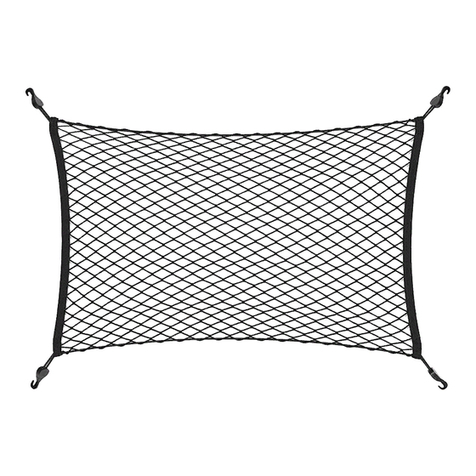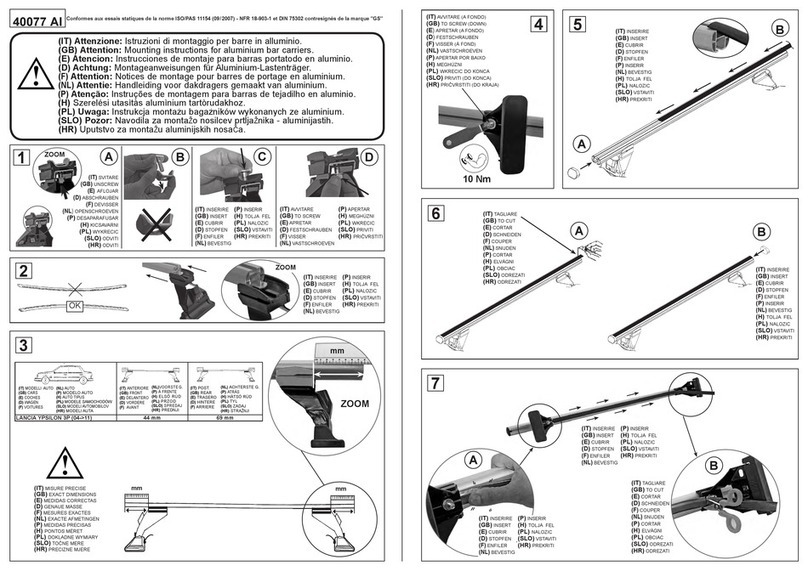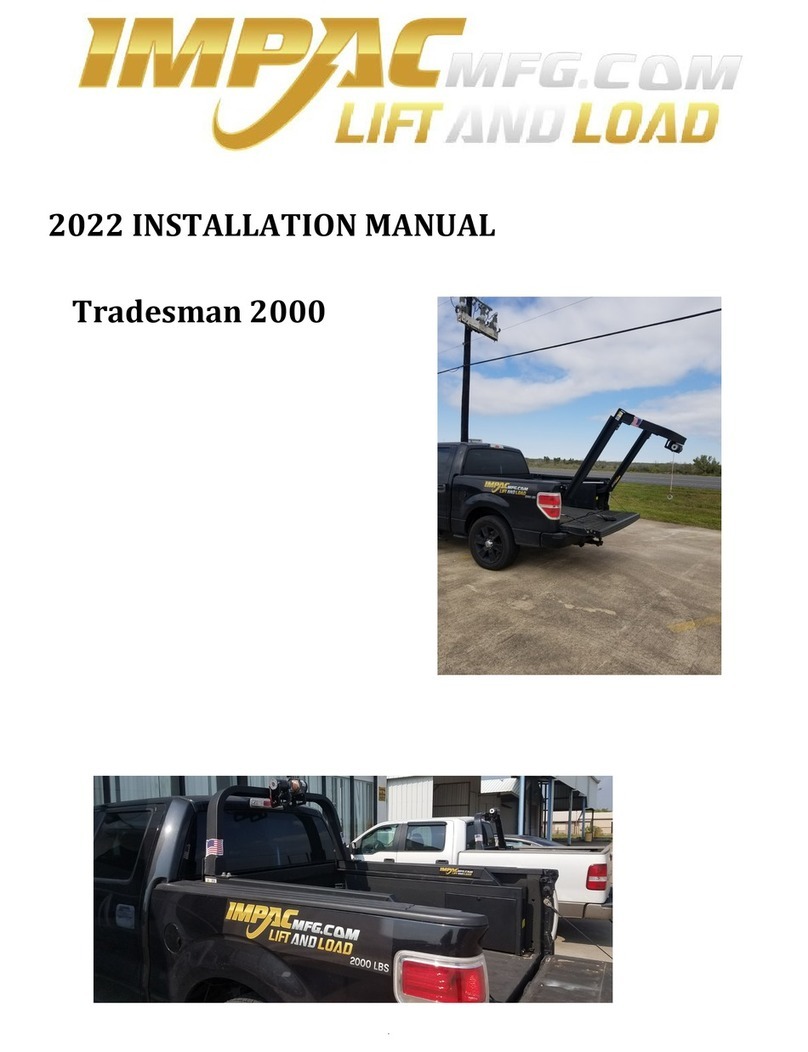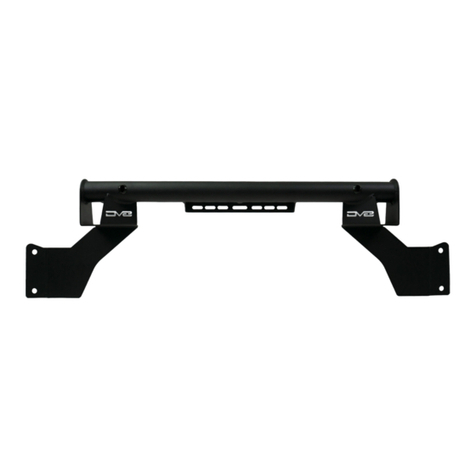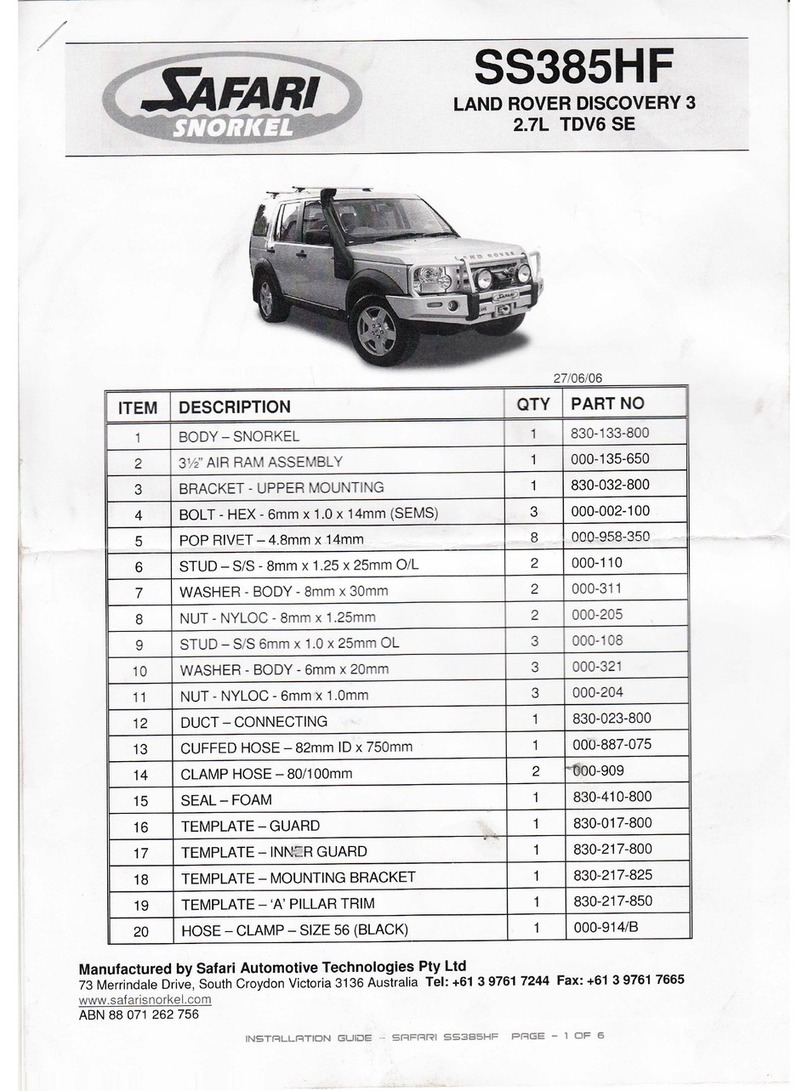
• This charging station may only be installe , service , relocate an repaire by qualifie persons.
Incorrect installation, repairs or mo ification can result in anger to the user an may voi the
warranty an liability.
• This charging station contains no user-serviceable parts. The user must not attempt to service,
repair or relocate the charging station. Contact EVBox or your ealer for more information.
• Make sure that the charging cable cannot become amage (kinke , jamme or riven over) an
that the plug(s) o not come into contact with heat sources, irt or water.
• Only use the charging station un er the specifie operating con itions.
• Do not use explosives or flammable substances near the charging station.
• If you are unsure about how to use a charging station, ask for help.
• Do not allow chil ren to operate a charging station. A ult supervision is require when chil ren
are near a charging station that is in use.
• Make sure that the charging cable is positione so that it will not be steppe on, trippe over,
riven over or otherwise subjecte to excessive force or amage.
• While charging, the cable must be completely unwoun an connecte to the vehicle without
overlapping loops (this is to avoi the risk of the charging cable overheating).
• Only pull on the charging plug han grip an never on the charging cable itself.
• A apters, conversion a apters or cor extensions must never be use on this charging station.
2.4. Transport and storage
• Disconnect input power before removing the charging station for storage or relocation.
• Only transport an store the charging station in its original packaging. No liability can be accepte
for amage incurre when the pro uct is transporte in non-stan ar packaging.
• Store the charging station in a ry environment in the temperature range given in the
specifications.
EN 2. Safety precautions
6
